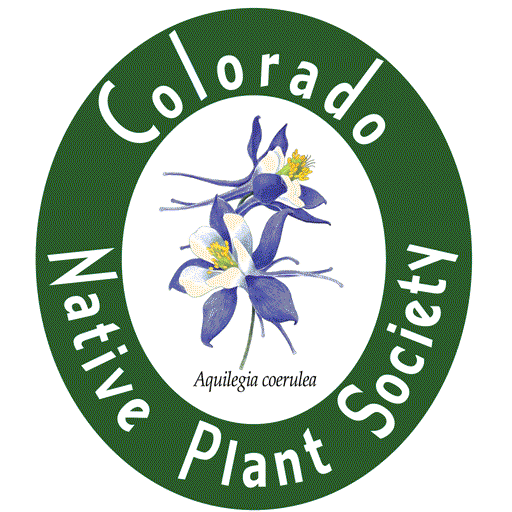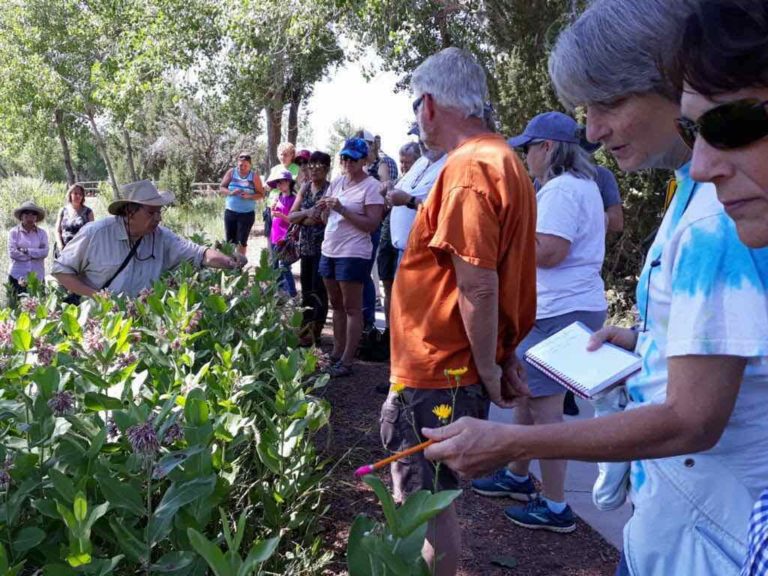Bob Kennemer acquired more than a casual taste for collecting edible, medicinal, and useful plants soon after leaving the University in Denver when he attended the legendary National Outdoors Leadership School (NOLS). Considered the Harvard of outdoor schools, NOLS was founded by Paul Petzold, who realized that to get the public more engaged with the wilderness he loved he needed to found a school to create a cadre of rigorously trained leaders. Bob spent three months at NOLS, where he was outside almost all of time, covering wilderness areas in Nebraska, Utah, Wyoming, South Dakota and Colorado. Noticing how often the question “What is this?” came up, he focused his final paper on edible, medicinal, and useful plants in all those states.
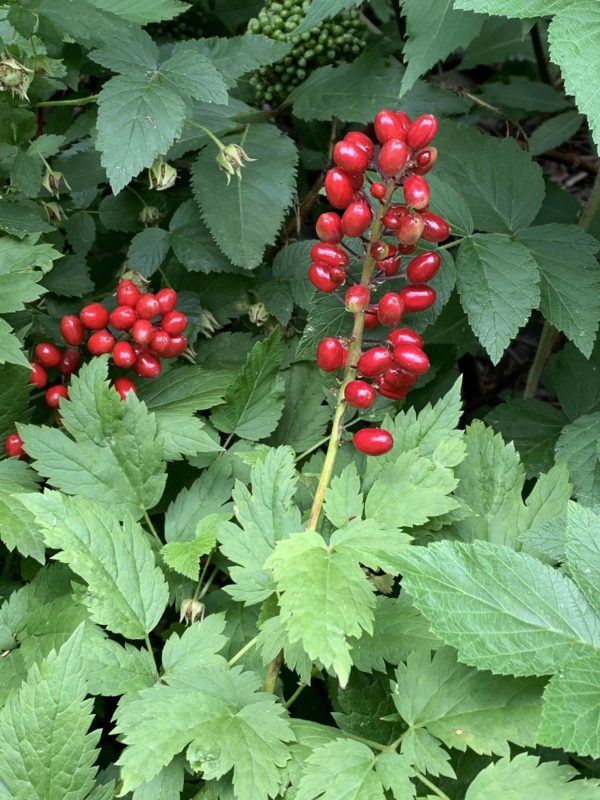
Not edible! Actaea rubra (Red baneberry). They look delicious, but they’re highly poisonous. Know before you go – they are often growing nearby or intertwined with other edible berries. Register today to attend Bob’s field trip during our Annual meeting. Photo: Bob Kennemer
Bob went on to work as a guide and Program Coordinator with a therapeutic outdoor program called the Wilderness Education Program, (WEP) where at-risk children gained functional life skills through immersion in wilderness, learning to find solutions instead of running away or turning to violence. These students, who had very limited experience with nature of any kind, were keenly interested in what was around them in the wilderness, and again, the question “What is this?” was being asked constantly. By now, Bob’s appetite for learning about plants and their uses had become thoroughly whetted, and he took classes and read widely to further his knowledge.
While working for such Denver speciality stores as REI and North Face, Bob often found himself managing their bookstores, and took special pleasure in obtaining material and nature guides relevant to their specific locations. He noticed the burgeoning interest and research surrounding the emerging science of ethnobotany and began to take interest in how plants have been used throughout time in different cultures.
“About one quarter of our own medicine comes from plants even today,” said Bob during an interview recently. “We often find that beneficial uses once traditionally applied, are being used in the same way by conventional medicine today.” He further explained that he urges people to rely on professional medical doctors for treatment, home remedies are not a replacement for the advanced knowledge acquired by medical professionals today.
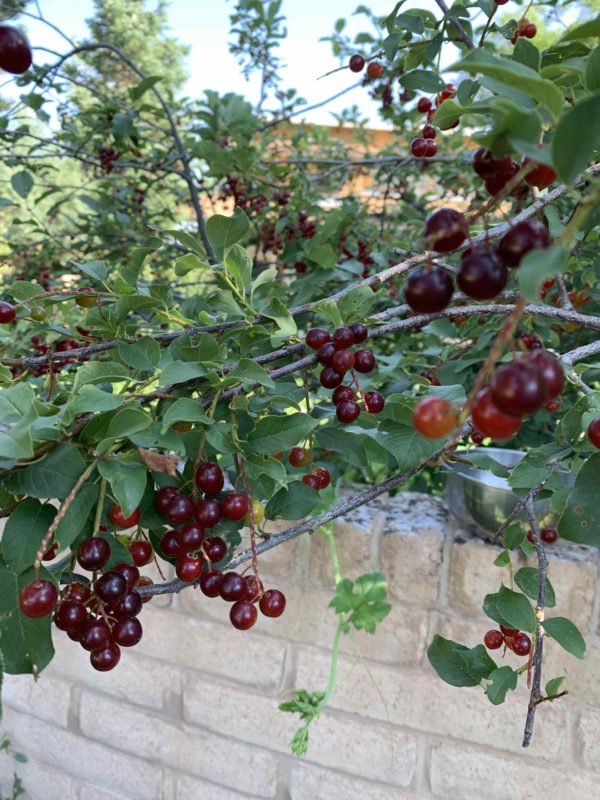
Chokecherry, (Prunus virginiana) is one of the edibles. Indigenous peoples used it in pemican, where its citric acid acted as preservative. Although some people are intolerant of it, today it is often used for jams, jellies and wine making. Photo: Bob Kennemer
When asked about specific interesting discoveries in his learning process, Bob had plenty to share! “Well, there are a lot of generalities about edible plants,” he said, “but always some exceptions to those.” He noted that in general, white berries are poisonous, but that our native snowberry can be eaten in small quantities. He related a funny story about an earnest effort by himself and two professional chefs who conducted classes at The Wild Gourmet to create a dessert using snowberries. Sadly, no amount of sugar or spices could transform this native berry into anything you would enjoy eating in any quantity no matter how small.
Our native yucca also came in for an enthusiastic response to the question. “Yucca blossoms are really tasty,” said Bob, “and the various yucca species have multiple uses, but beware of eating the roots.”
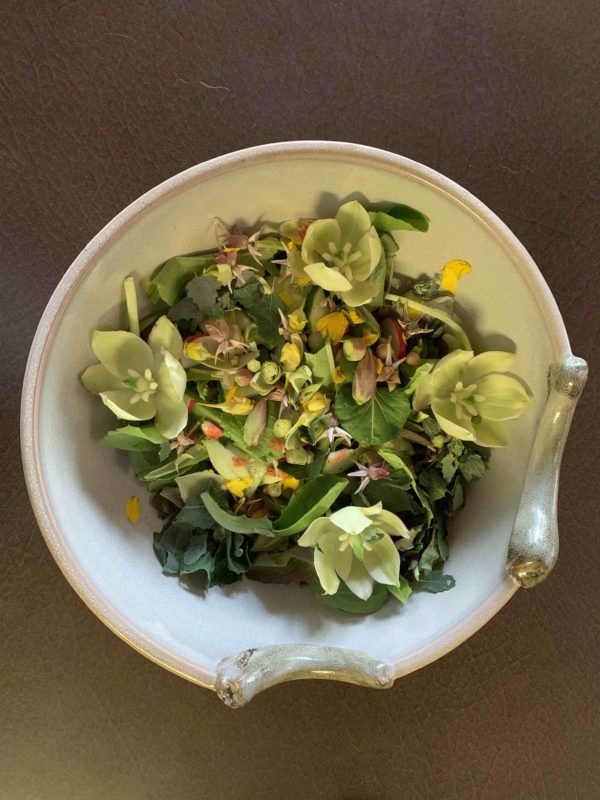
Local greens mixed with yuccA buds/blossoms, wild flower petals, and milkweed blossoms. YUM! Photo: Bob Kennemer
Knowing when to harvest plants is as important as knowing which ones to choose, said Bob. You need to understand the active ingredients, and the nutritional values, as well as whether all the parts are edible or only certain parts. Knowing where to collect is equally important, he said. It is forbidden to pick in State and National Parks. Overharvesting has become a seriously detrimental problem in some National Forests, resulting in special permits being required for commercial harvesting. Private land is one of the best bets according to Bob. Check with owners, he says, ask their permission, and promise them some equal share: “I’d like to pick raspberries, and I’ll make some jam to share with you,” goes a long way toward fostering the goodwill that will let you gain access.
He urges people not to pick alongside roads, campgrounds, or trails, noting that this practice diminishes the experience for other people. He recommended moving one to two hundred feet away from these boundaries, where picking won’t detract from what others see, and where also, there will be more abundance.
Bob stated with the assurance of experience that people who attend his upcoming field trip at our Annual Conference will be simply astonished at the abundant variety of plants that can be classified as edible, medicinal, or useful. He noted that his approach to teaching his subject is very interactive not in the least drab or didactic, a fact this interviewer is can definitely verify! He confessed further to a keen, and perhaps even somewhat bizarre sense of humor. Those qualities combined with his wide knowledge and experience in the field, should make this an outstanding field trip indeed!
Bob Kennemer
Disaster Recovery Planner
Southern Colorado Economic Development
Interviewed by Sue Dingwell
